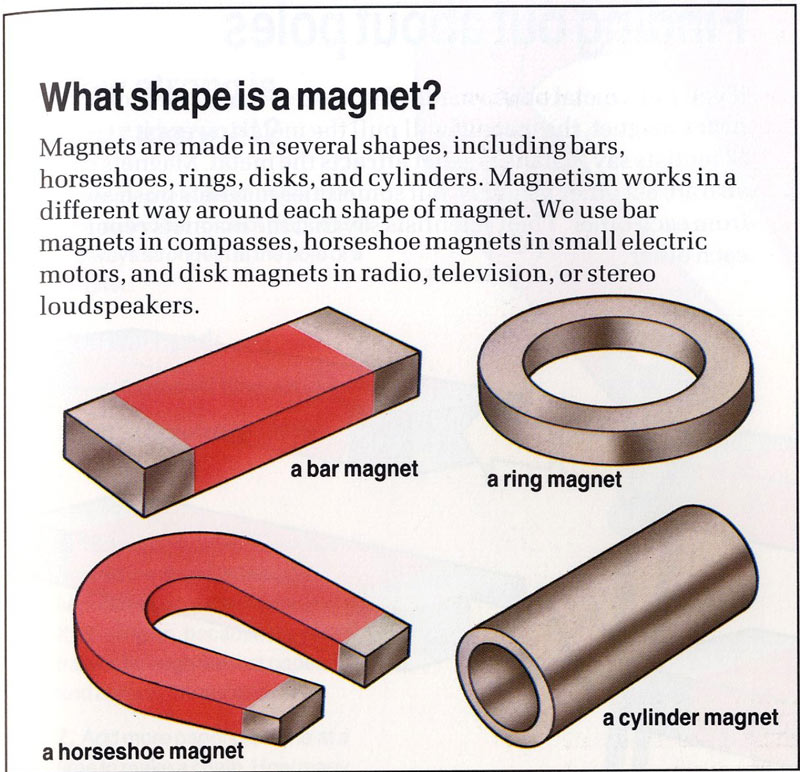Magical Magnetism: Exploring Magnet Powers for Kids

Ever wonder how a fridge door stays shut without a lock? The secret lies in the invisible forces of magnets! These seemingly simple objects possess remarkable properties that make them essential in everything from toys to high-speed trains. Let's dive into the captivating world of magnets and uncover their secrets, especially for curious young minds.
Magnets have a mysterious ability to attract certain metals like iron, nickel, and cobalt. This "magnetic force" isn't something you can see, but you can certainly feel it when two magnets snap together or when a magnet clings to your refrigerator. This attractive power is one of the fundamental characteristics of magnets and forms the basis for countless applications.
The history of magnetism dates back centuries, with ancient civilizations discovering naturally occurring magnets called lodestones. These magnetic rocks, rich in iron oxide, fascinated early explorers and thinkers. Over time, people learned to create artificial magnets and harness their unique attributes, leading to groundbreaking inventions like the compass, which revolutionized navigation.
Understanding the properties of magnets is crucial for young learners. It fosters critical thinking, encourages experimentation, and opens doors to exploring scientific concepts like force, energy, and even electricity. By understanding how magnets work, kids can appreciate their role in everyday technology and potentially spark an interest in STEM fields.
One of the primary challenges in teaching kids about magnetism is making the invisible force tangible and understandable. Hands-on activities and visual aids are crucial in bridging this gap and fostering a deeper understanding of magnetic interactions. Let's explore some of the fundamental magnetic characteristics kids can easily grasp.
Magnets have two poles, a north pole and a south pole. Like poles (north and north, or south and south) repel each other, pushing away. Opposite poles (north and south) attract each other, pulling together. This simple rule governs all magnetic interactions.
The magnetic field is the area around a magnet where its force can be felt. Imagine an invisible bubble surrounding the magnet. The closer you get to the magnet, the stronger the force. You can visualize this field by sprinkling iron filings around a magnet. They will arrange themselves along the lines of the magnetic field, creating a visual representation of the invisible force.
Benefits of understanding magnetism include: 1. Developing scientific inquiry skills through experimentation. 2. Understanding basic physics concepts. 3. Appreciating the role of magnetism in everyday technology.
An action plan for learning about magnets: 1. Gather materials like different magnets, paperclips, and iron filings. 2. Conduct experiments like testing which materials are attracted to magnets. 3. Research different types of magnets and their uses.
Advantages and Disadvantages of Working with Magnets for Kids
| Advantages | Disadvantages |
|---|---|
| Safe and easy to handle (most types) | Small magnets can be a choking hazard for young children |
| Engaging and hands-on learning experience | Can damage electronic devices if brought too close |
| Promotes scientific curiosity | Some strong magnets can pinch skin if handled carelessly |
Best practice: Supervise young children when they are experimenting with magnets.
Real example: A compass uses Earth's magnetic field to help navigate.
Challenge: Understanding the invisible magnetic field. Solution: Use iron filings to visualize the field.
FAQ: What is a magnet? A magnet is an object that produces a magnetic field and can attract certain metals.
FAQ: How does a magnet work? Magnets work because of the movement of electrons within their atoms.
FAQ: What are the poles of a magnet? Magnets have a north and a south pole.
FAQ: What metals are attracted to magnets? Iron, nickel, and cobalt are attracted to magnets.
FAQ: What is a magnetic field? The magnetic field is the area around a magnet where its force can be felt.
FAQ: How can I make a magnet? You can make a magnet by rubbing a piece of iron with a strong magnet.
FAQ: What are some uses of magnets? Magnets are used in many things, including refrigerators, compasses, and electric motors.
FAQ: Where can I learn more about magnets? You can learn more about magnets online, in books, or at science museums.
Tips and tricks: Use a compass to explore Earth's magnetic field. Try making your own magnet by stroking a needle with a strong magnet in one direction.
In conclusion, the world of magnetism offers a fascinating journey of discovery for kids. From the simple attraction of a magnet to a refrigerator to the complex workings of electric motors, understanding the properties of magnets is essential for grasping fundamental scientific principles. By engaging with magnets through hands-on activities and exploration, children develop critical thinking skills, enhance their understanding of the world around them, and potentially ignite a lifelong passion for science and technology. So, encourage your child's curiosity about magnets – it's a powerful force that can open doors to a world of wonder and learning. Let's empower the next generation of scientists and engineers by fostering a love for the magic of magnetism! Exploring magnets isn't just about science; it's about fostering creativity, problem-solving, and a deeper appreciation for the invisible forces that shape our world. Start exploring today!
Kestrel white paint a subtle elegance
Unlocking victory fifa 23 ppsspp dream teams
Maximize your fishing with the right garmin striker 4 fish finder mount












/magnetism-147220256-5b4e02d8c9e77c001acf54e3.jpg)
